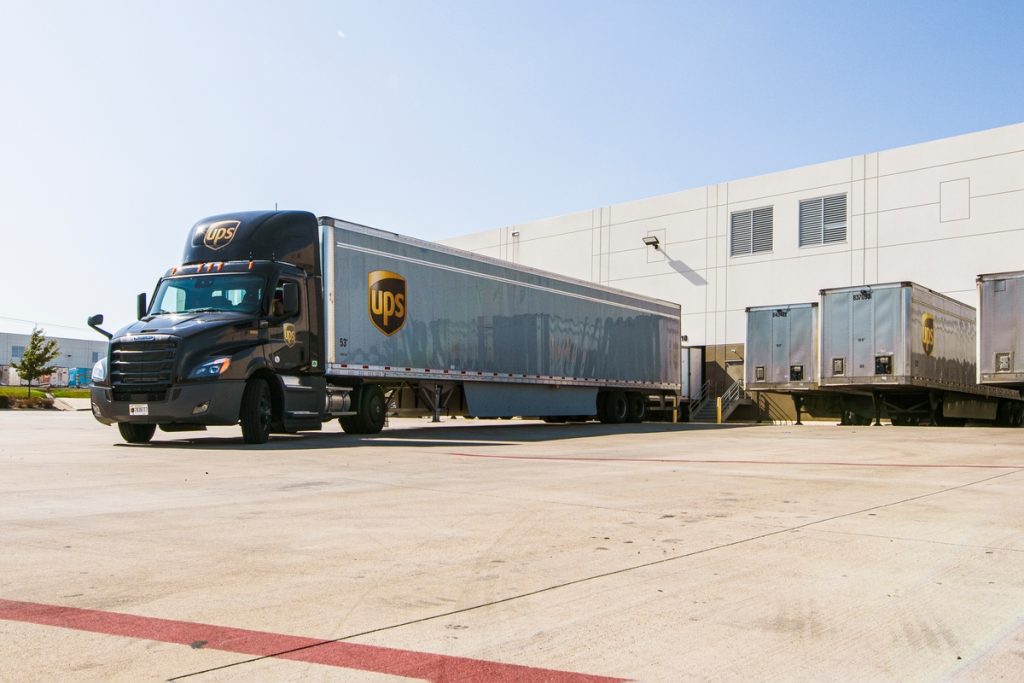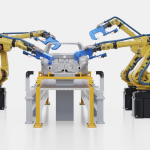United Parcel Service (UPS) is offering buyouts to full-time delivery drivers for the first time in its 117-year history, signaling growing pressure to trim labor costs amid declining parcel volumes and a prolonged slide in its stock price. The move follows earlier job cuts and a decision to scale back business with Amazon.
A Strategic Retreat From Expensive Capacity
UPS’s decision to offer buyouts to full-time delivery drivers, historically among the highest-paid in the industry, is an unprecedented move aimed at recalibrating its cost structure. The company cited a need to “reorganize the network” amid what it described as an “unprecedented business landscape.” This follows a similar buyout program in 2023 targeting UPS pilots, which saw nearly 200 accept the offer. The current program applies only to full-time drivers represented by the Teamsters, though neither the union nor the company disclosed how many could be eligible.
The average compensation for a full-time UPS driver is projected to reach $170,000 annually, including benefits, under a five-year labor contract signed in 2023. That deal, hailed by labor groups as a win, raised investor concerns about long-term margins. Since the deal was announced on July 25, 2023, UPS shares have fallen roughly 45%, erasing billions in market value and intensifying scrutiny on its cost base.
Parcel Contraction and Customer Realignment Amplify Pressure
UPS reported a 3.5% drop in average daily U.S. package volume in the first quarter of 2025, reflecting broader e-commerce normalization and pricing discipline. In a high-profile shift, the company also reduced its reliance on Amazon, citing insufficient profitability on volume from its largest customer. This decision aligns with a broader industry trend toward trimming unprofitable business as logistics players prioritize yield over scale.
In April, UPS announced plans to eliminate 20,000 operational roles this year, further evidence of a pivot away from pre-pandemic growth assumptions. Still, union leadership has criticized the buyout offers as inadequate. “UPS is trying to weasel its way out of creating good union jobs here in America by dangling insulting buyouts,” said Teamsters President Sean O’Brien. The union maintains that the offers fall well below the total value drivers would earn over the life of the current agreement.
Why Labor Flexibility May No Longer Be Optional
UPS’s buyout offer isn’t just a cost-cutting tactic, it reflects a growing recognition that fixed, high-cost labor models are becoming a liability in a delivery market defined by demand volatility and automation. As competitors like Amazon accelerate investment in warehouse robotics and AI-driven routing, legacy carriers face a structural disadvantage if labor cannot scale up or down in sync with volume. The UPS-Teamsters contract may have set a new wage benchmark, but it also underscored how little room remains for operational agility. Without more flexible labor mechanisms, even iconic employers may struggle to compete in a logistics landscape where speed and margin resilience are increasingly algorithm-driven.





